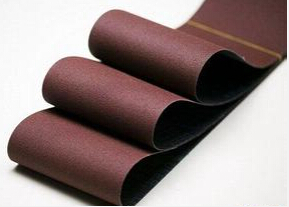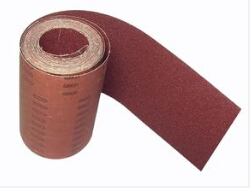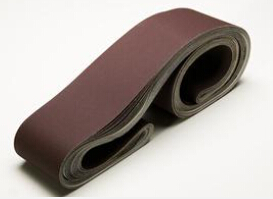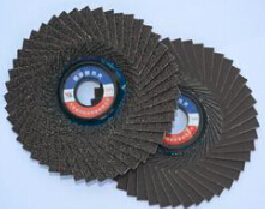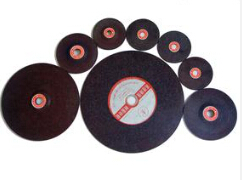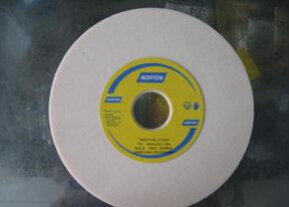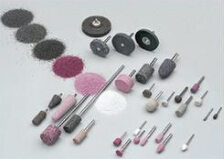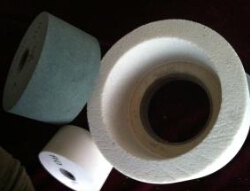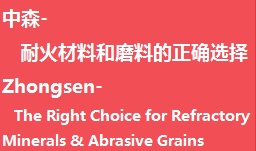Cenospheres
Cenospheres,also named Microsphere, is a byproduct created in fly ash during combustion of coal at thermal power plant. It's a light grey white color natural hollow ceramic microsphere made of mainly Alumina(Al2O3) and Silica(SiO2), with its inside few gas(mainly carbon dioxide and nitrogen).
Cenospheres is a micro power sphere, sizing from 1 microns to 500 microns.With our manufacturing and sizing equipments, we make it into sizes with fine particle distribution suitable for various industries. And at the same time, reduce the impurities to the least.
As a byproduct, the reuse of cenosphere reduce harm to the environment and add value to the mineral product line. As the technology develops, we believe that it will be developped for more uses in the future.
Cenospheres is mainly used as fillers in refractories,cement,paint,rubbers,plastics,oilfield,gasfield,coating,building materials etc industries due to its combination of below characters.
Light Weight: Cenospheres is a hollow microsphere with very lightweight.It's bulk density only about 0.35-0.45g/cm3, ideally used for fillers or additives.
High Hardness: Hardness of cenosphere is 6-7, a quite high standard in natural materials which makes it quite abrasion resistant.
High Strength: Its static compressive strength could be more than 70-140Mpa,resistant to high pressure.
High Spefic Area: It's a very small sphere with high specific areas. Size could be 1-400 microns.
High Refractory Temperature: Its main chemical content is alumina and silia, both of which have very high refractory temperature. Cenospheres has a refratory temperature of more than 1500℃.
Low Thermal Conductivity: It has thermal conductivity of only 0.08-0.1 at normal temperature, ideal for applications in thermal resistant products.
Low Eletric Conductivity: Ideal to be used in products which requires insulation materials.
Chemical Specifications of Cenospheres
|
SiO2 |
Al2O3 |
Fe2O3 |
SO3 |
CaO |
MgO |
K2O |
Na2O |
|
52-61% |
28-35% |
2-4% |
0.1-0.2% |
0.2-0.4% |
0.8-1.2% |
0.5-1.1% |
0.3-0.9% |
Certificate of Analysis of Cenospheres: COA Cenospheres
MSDS of Cenospheres: SDS Cenospheres

